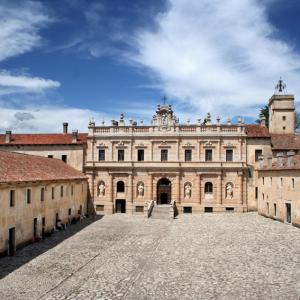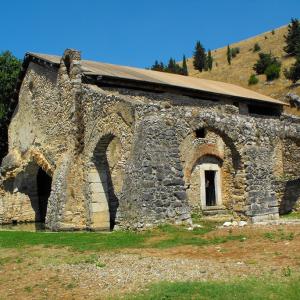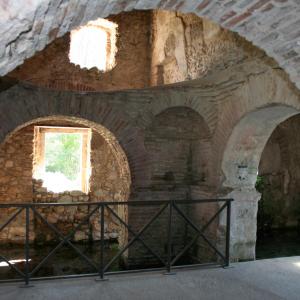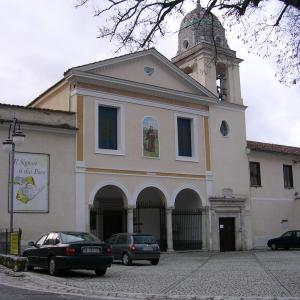THE VALLO DI DIANO ROUTES: VIA "POPILIA"
The Vallo di Diano valley - located south of the province of Salerno - is crossed by the ancient Via Popilia-Annia (today the SS 19 road) that ran from Capua to Reggio Calabria and on which in Roman times several post stations were located, as recorded by a famous inscription that can be seen at Polla. Along the Via Popilia there are numerous sacred buildings devoted to spirituality, in particular to the Archangel Michael, as the cult of St. Michael was deeply rooted in all the towns in the Vallo di Diano.
Particularly interesting in this regard is the evidence in the towns of Sala Consilina and Padula, the main stops on the ST. MICHAEL ITINERARY in the Vallo di Diano.
The whole route, from Polla to Padula, is about 30-km long and can be covered by car, motorbike or bus along the SS 19 road (former Via Popilia-Annia). A few stretches, of particular natural and archaeological beauty, can also be covered on foot (e.g., the paths leading to the Shrine of Mount Balzata at Sala Consilina and to the Shrine of S. Michele alle Grottelle at Padula). Travelling and visit times can vary, depending on the means of transport employed and the visitor's interest.

 View Interactive Map
View Interactive Map








